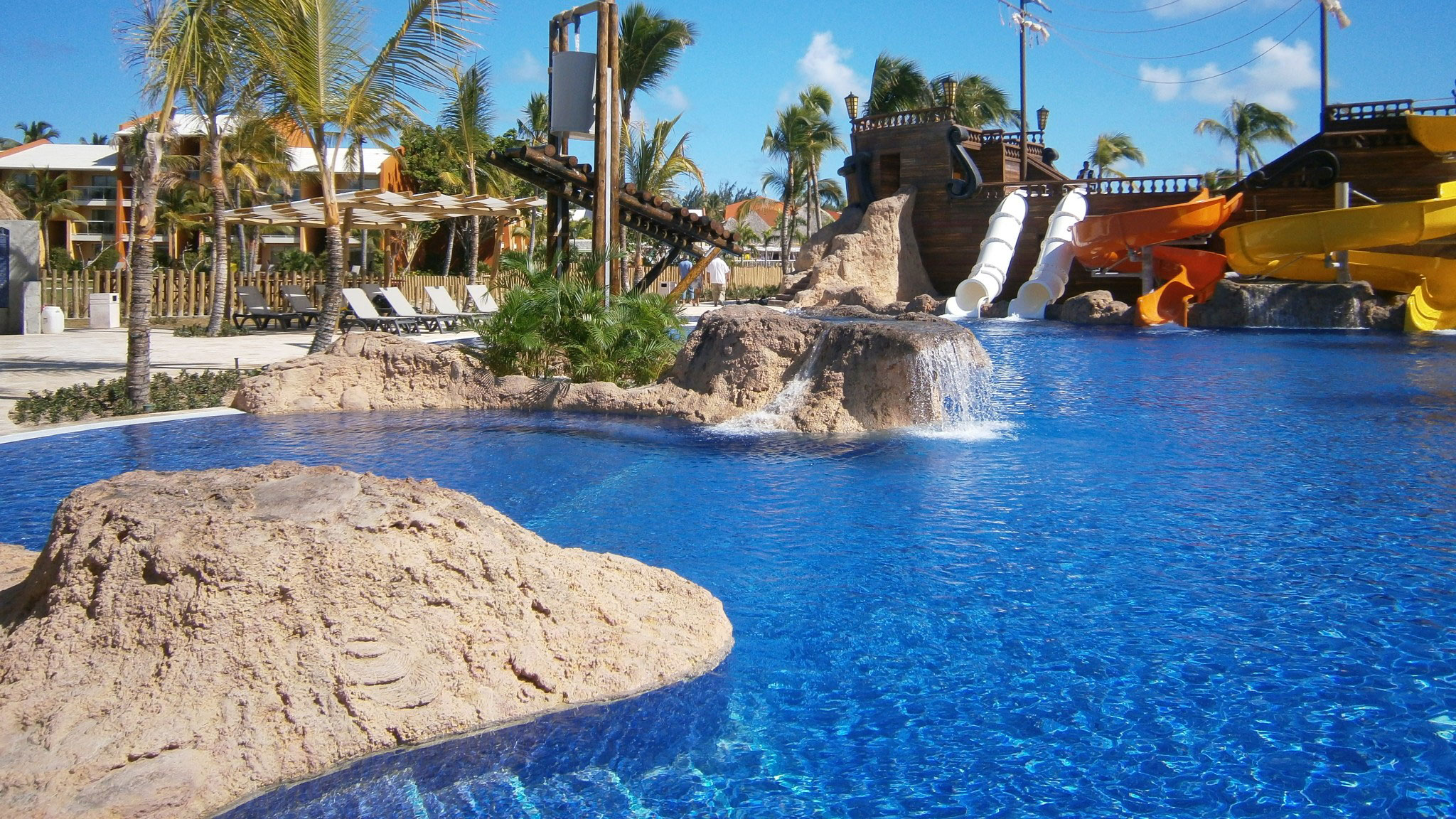Dechlorination is a process by which chlorine is removed from water. As a volatile element, chlorine is usually removed mainly by evaporation processes, through the contact surface between air and water. In addition, solar radiation also contributes to the removal of chlorine. These processes occur easily as long as they take place in the open air. However, in closed environments, such as an indoor swimming pool or an indoor water park, it is advisable to resort to other alternatives. Chlorine neutralisation with vitamin C is one of them.
By adding vitamin C to the water, a chemical reaction takes place that neutralises the hypochlorite dissolved in the water. The process can be carried out using two chemical formulations of vitamin C: ascorbic acid and sodium ascorbate, neither of which is a hazardous substance. Neither are any of the by-products of the chemical reactions that take place, when combined with hypochlorite, toxic or harmful.
The chemical reactions that occur with both formulas of vitamin C are given below. The following is the molecular formulation of ascorbic acid:

That is, C5H5 O5CH2OH (in its compact formula C6H8O6) . And the chemical reaction that develops on contact with the hypochlorite dissolved in the water is as follows:
C5H5O5CH2OH + HClO -> C5H3O5CH2OH + HCl + H2O
Therefore, in the presence of hypochlorous acid, ascorbic acid forms dehydroascorbic acid, hydrochloric acid and water.
The appearance of hydrochloric acid slightly acidifies the dechlorinated water. Therefore, the addition of a base may be necessary to alkalinise it.
The molecular formulation of sodium ascorbate is as follows:

Or in other words: C5H5O5CH2ONa (C6H7NaO6 in its compact formula). And the chemical reaction that takes place is as follows:
C5H5O5CH2ONa + HClO -> C5H3O5CH2OH + NaCl + H2O
Sodium ascorbate neutralises hypochlorous acid and forms dehydroascorbic acid, sodium chloride and water. The fundamental difference between this reaction and the previous one lies in the formation of sodium chloride (common salt), instead of hydrochloric acid. Therefore, with the latter reaction, the pH of the water remains unchanged.
As for the dosage of vitamin C in the water, in both reactions the molar ratio between hypochlorous acid and vitamin C is 1 to 1. Consequently, in order to neutralise the corresponding concentration of chlorine in the water, it will be sufficient to equalise the number of moles to determine the dosage of ascorbic acid or sodium ascorbate.
Below is a graph showing the quantities of ascorbic acid (green line) and sodium ascorbate (red line) required to remove different concentrations of chlorine from the water. The abscissa axis (X) represents the amount of vitamin C per unit volume of water (g/m³). On the ordinate axis (Y) the hypochlorous acid concentration (ppm) is represented.

Because sodium ascorbate has a slightly higher molecular weight than ascorbic acid, a slightly larger amount of ascorbate is needed to neutralise the same concentration of chlorine.
In conclusion, both forms of vitamin C are suitable for chlorine neutralisation, although the use of sodium ascorbate is perhaps more interesting, as it does not change the pH of the water.
By Luis Llor, Senior Hydraulic Engineer in Amusement Logic’s Architecture Dept.






